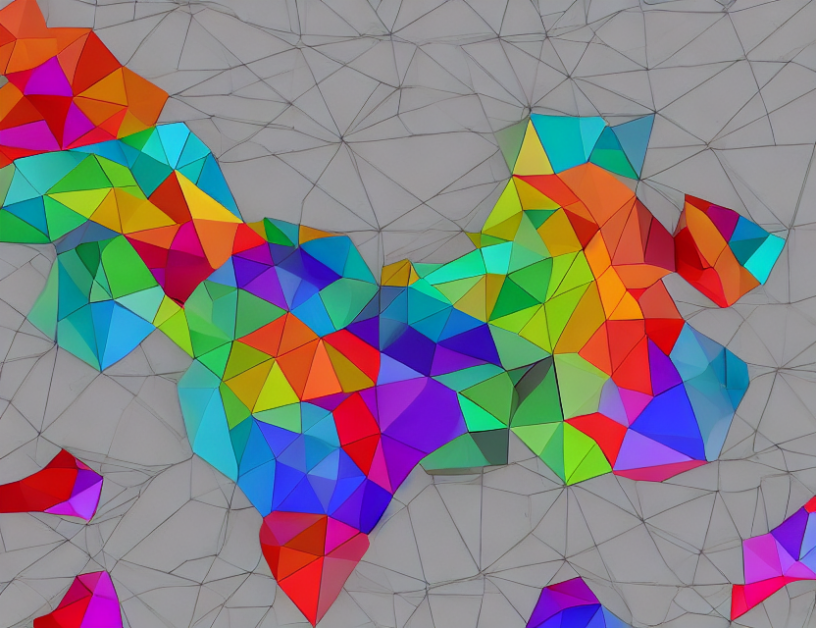The algorithm starts by applying the greedy coloring technique to find a proper coloring of G2[A], using at most ω colors. This phase is crucial in determining the number of colors required for the entire process.
Analogy: Imagine painting a room with different colored squares. The greedy algorithm can be likened to selecting the first color from a set of paints and applying it to one square, then gradually adding more colors based on availability until all squares are covered.
Phase II: Assigning Colors
In this phase, the algorithm considers the coloring of Hj+1 and identifies free colors in NHj (bj) ⊆ V (Hj+1). If a free color is found, it is assigned to the pivot vertex ac. If no free color is discovered, the algorithm searches for a partner color of ac and assigns it to the pivot vertex along with a new color for bj.
Metaphor: Picture a group of friends arranging themselves in a circle according to their favorite colors. As they take turns adding each friend to the circle based on their preferred color, they ensure that no two friends wear the same color. In this analogy, the pivot vertex ac represents the starting point where the friends join the circle, and the free colors represent the empty spaces where new friends can be added without clashing with existing ones.
Convex Bipartite Graphs: A Key Component
To address the challenge of assigning colors to a graph with multiple connected components, the authors introduce the concept of convex bipartite graphs. In these graphs, the vertices in one side have an ordering such that the neighbors of each vertex appear consecutively. This structure allows for a more organized and efficient coloring process.
Analogy: Imagine building a Lego structure with different colored blocks. Convex bipartite graphs can be likened to a series of connected Lego blocks, where each block has a unique color but is aligned next to another block with a matching color. This arrangement ensures that colors are distributed evenly and consistently throughout the structure.
Summary: A Comprehensive Overview
In summary, Dvoˇr´ak et al.’s paper presents an elegant solution to the centuries-old problem of coloring squares on planar graphs with girth six. Through a combination of intuitive analogies and metaphors, we have attempted to demystify complex concepts and provide a concise overview of their groundbreaking work. By understanding the key elements of their approach, including phase I and II, convex bipartite graphs, and the use of free colors, readers can gain a deeper appreciation for the beauty and ingenuity of this seminal paper.



